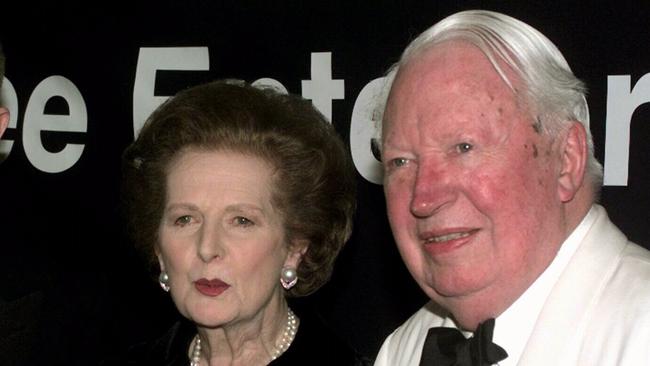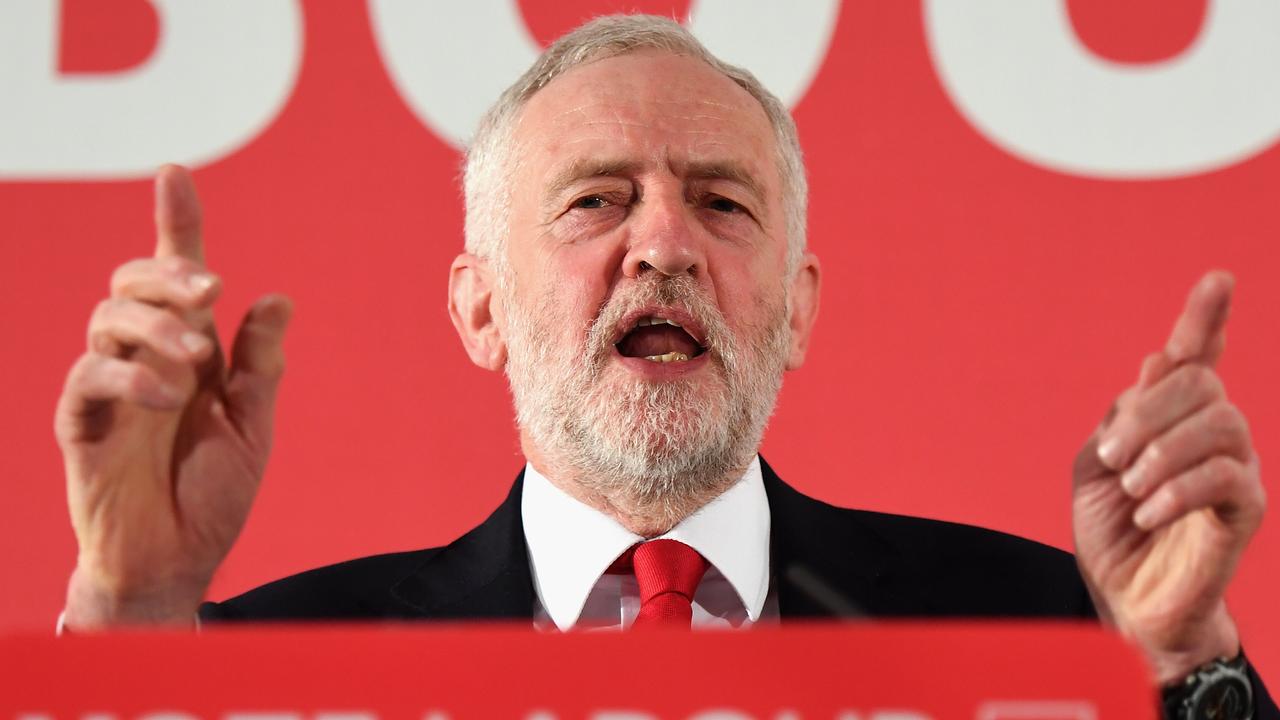UK election 2017: a fitting end to disastrous prime ministership
British Prime Minister Theresa May’s snap election has been an unmitigated disaster.

Theresa May’s snap election designed to crush Labour and strengthen her hand in Brexit negotiations has been an unmitigated disaster.
The loss of the Conservative parliamentary majority is one of the most spectacular political miscalculations in my lifetime.
IN DEPTH: UK election 2017 full coverage
Just six weeks ago May was looking at winning a majority of as many as 150 seats. The Conservatives enjoyed a 20-point lead over Labour. Jeremy Corbyn was one of the most unpopular party leaders in British history and given little chance of becoming prime minister.
May’s reversal of fortune has parallels with Conservative prime minister Ted Heath, who called an election for February 1974 expecting, as the polls showed, to win comfortably. But the Conservatives lost their majority and Labour’s Harold Wilson came to power in a minority government. Wilson won a majority of seats at a second election later that year.
Four years earlier, in June 1970, it was Wilson’s surprise election gamble that failed. The polls showed Labour was on track to easily win a third term. But Heath outperformed Wilson, lifted the Tory vote and seats, and won government.
The British voters have been to the polls three times in two years. They saw May’s gamble as too brazen. They have had enough elections and enough politics and don’t take kindly to politicians who simply want to increase their power.
GRAPHIC — The state of the nation
The Tory campaign was a disaster. It was silly to run a presidential-style campaign around May, given she was not that well known before becoming Prime Minister. Senior ministers were effectively warehoused and rarely appeared in public.
The Conservative manifesto was also a debacle. It failed to answer the key question: why voters should place their trust in the government for another term. The government failed to make Brexit the centrepiece of the campaign and were often reacting to the opposition’s agenda.
Some commentators thought May was the next Margaret Thatcher. This was never the case. May, as she herself said, offered a different type of conservatism. She was no Iron Lady. The U-turn on social care — labelled a “dementia tax” — was astonishing.
Labour ran a very strong campaign. The huge grassroots movement energised voters and it tapped into the mood for change. The “for the many, not the few” slogan cleverly framed the Labour campaign. Labour policies on health, education and social services resonated.
It is astonishing that Labour’s vote lifted from 30 per cent to 40 per cent since the last election. Corbyn is not a great parliamentary debater but on the campaign trail he was effective. The number of people attending his rallies had not been seen for decades. He had a clear message and policies.
May had promised never to call an early election but did so anyway. She ran a shocking campaign and cost her party seats. Although she appeared strong in response to terrorist attacks, it mattered for little. She promised “strong and stable” government but has delivered weak leadership and an unstable parliament.
May is yet to serve one year as Prime Minister. If May goes — and this was already being said in Tory ranks before the votes were all counted — she will be the shortest serving prime minister since Bonar Law (1922-23). It will be a fitting end to a truly disastrous prime ministership.








To join the conversation, please log in. Don't have an account? Register
Join the conversation, you are commenting as Logout